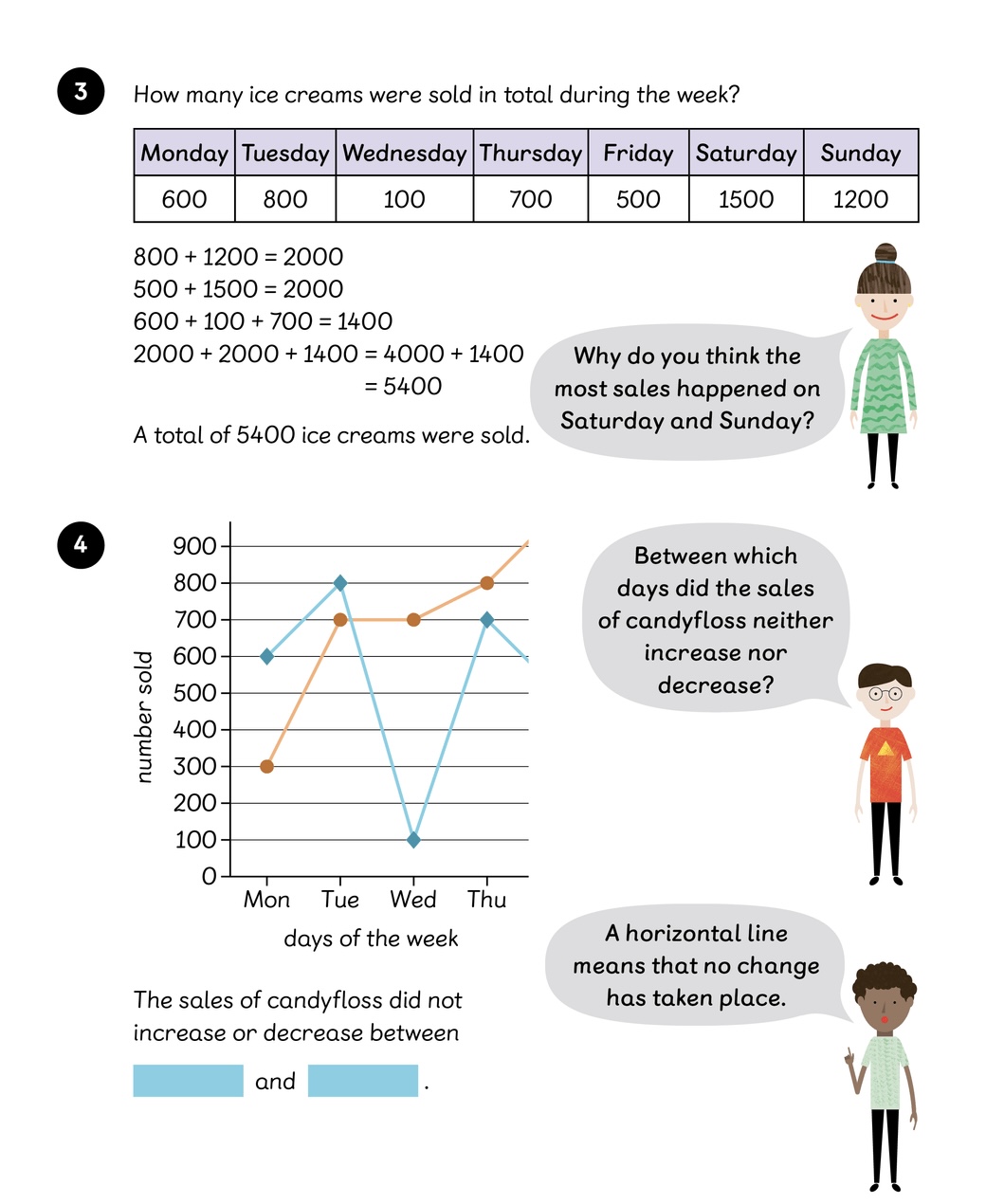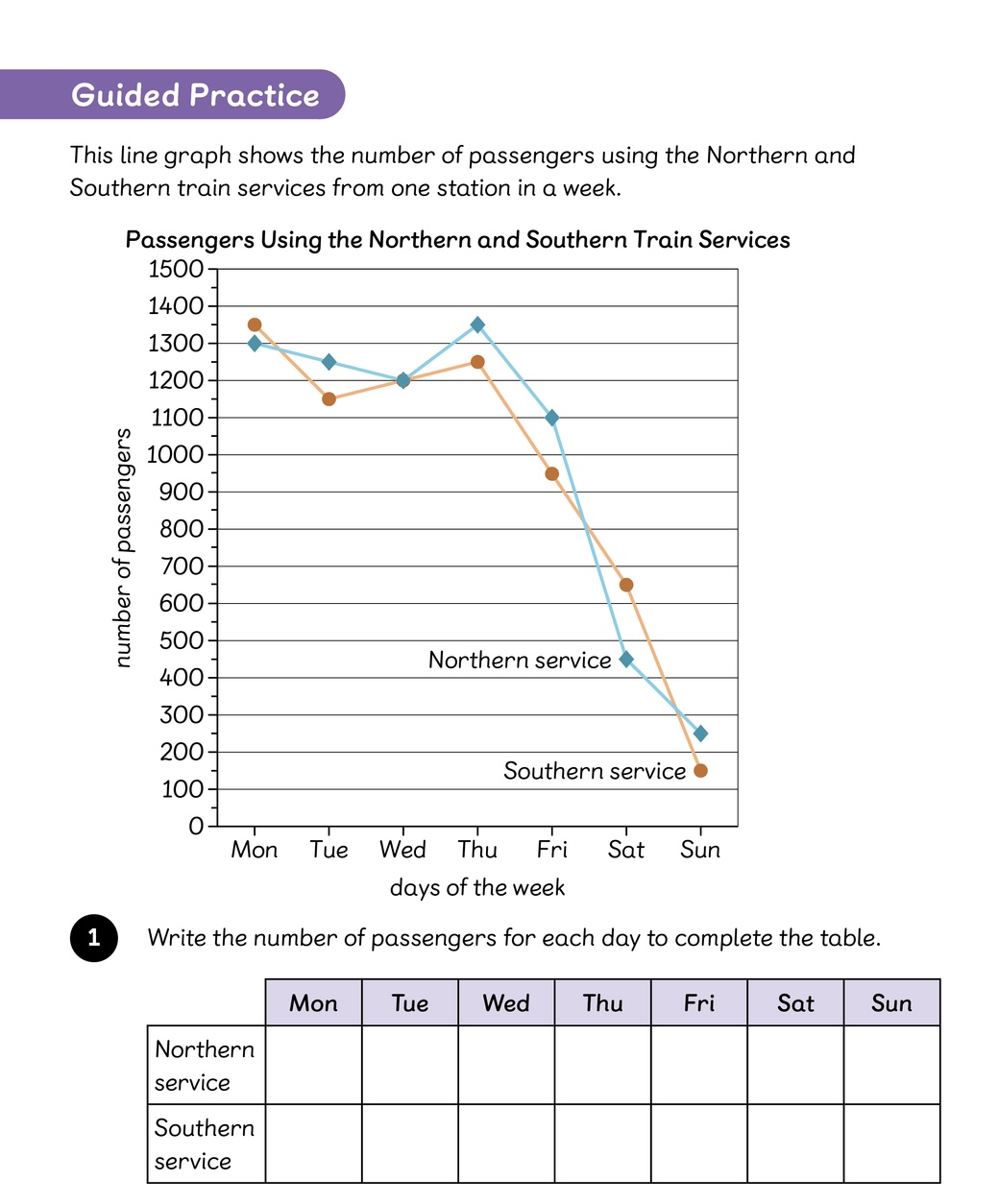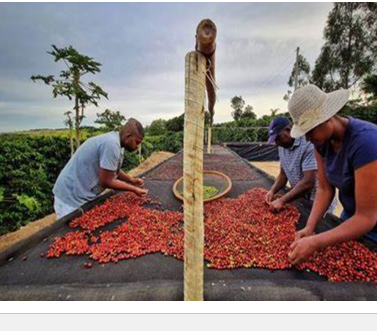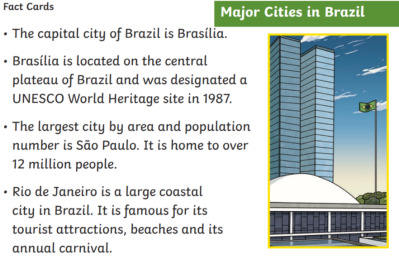Friday 29th November

English
Grammar Warm Up
LC: to identify how to use modal verbs accurately by creating a success criteria
Look at these sentences with modal verbs.
When you are in a car, you must wear a seatbelt.
You should walk with your hands behind your back at school.
May I use your rubber?
Wearing school uniform might be uncomfortable for some children.
Mobile phones could help children stay safe.
What can we put on our success criteria to help us use these words correctly?

LC: to identify and discuss the features of discussion writing
Let's look again at the discursive essay for and against zoos.

Draw arrows to find the words that match the description.
Now, look at the for/against topic you wrote about yesterday.
Using those ideas, write an introduction following the model:
- a clear title
- a general statement about the topic
- another second detail about the general topic
- a linking phrase to introduce the final point
- a rhetorical question that rephrases the title to end the paragraph
Now read the discussion about junk food restaurants:

- Label the paragraphs 1-4
- label the introduction and conclusion
Find and highlight these linking phrases
An argument in favour of
Another reason
Finally
On the other hand
They say that
Another reason that
It is argued that
Now use the linking phrases above to write the a paragraph on your topic. Use your notes from Wednesday.


Begin
An argument in favour of .....

Maths
LC: To be able to read and interpret information presented on a line graph, where the data is represented by more than one line.





Geography
LC: to research and describe key human features of Brazil
Human Features of Brazil
You are going to continue writing about the human features of Brazil.
Use the gallery above to add to your notes:
- currency and money
- trade and economy
- religion
- culture
- tourism
- language
- population

Click the links below for more information to add.

Now, do some more reading if you want to challenge yourself!

Science
LC: To know how levers, pulleys and gears allow a smaller force to have a greater effect.
Can we use our observation skills to notice the effects of levers, pulleys and gears?
Mechanisms are devices that we create to help us. Most mechanisms are designed to change smaller input forces and motion into greater output force and motion.
Mechanisms, including levers, pulleys and gears, allow us to use a smaller force to have a greater effect and change motion.
Many simple machines are often called tools because tools help us to modify our environment. However, not all tools are machines. When we are discussing tools to multiply or change forces and motion, we refer to them as machines. An everyday tool like a spade is actually a combination of two simple machines, the lever and the wedge.
Key Facts
Mechanisms are complex machines that change the input forces and motion into a desired output force and motion.

- Example; bicycle. We sit and push on the pedals moving our legs in a circular motion, these are our input forces, and this drives us forward (linear motion) much faster (output), than we can run and with much less effort.
-
- Machines mean we are no longer relying on muscle power alone. Machines multiply our applied force.
-
- Lever - levers have a long arm and a fulcrum, which is where the arm pivots (a turning point). The object you are lifting is called the load, and the force you apply to that load through the arm to make the object move is called the effort. So, a lever is the name of the structure that connects these other three parts. Everyday levers help us to lift, move, break, squeeze objects and cut things.
-
- Pulley - a basic pulley is a wheel on a fixed axle with a groove in it to guide a rope or cable. The pulley changes the direction of or the amount of force that is needed to lift an object. Includes lifts, cranes, and cable cars.
-
- Wheel and axle - the wheel and axle have two basic parts: the wheel and the axle. They not only change circular motion into straight motion they decrease effort, increase force. By adding teeth to wheels of different sizes we create gears.BBC Science: Mechanisms
Now read - Tyres, Spokes and sprockets on MyOn.










